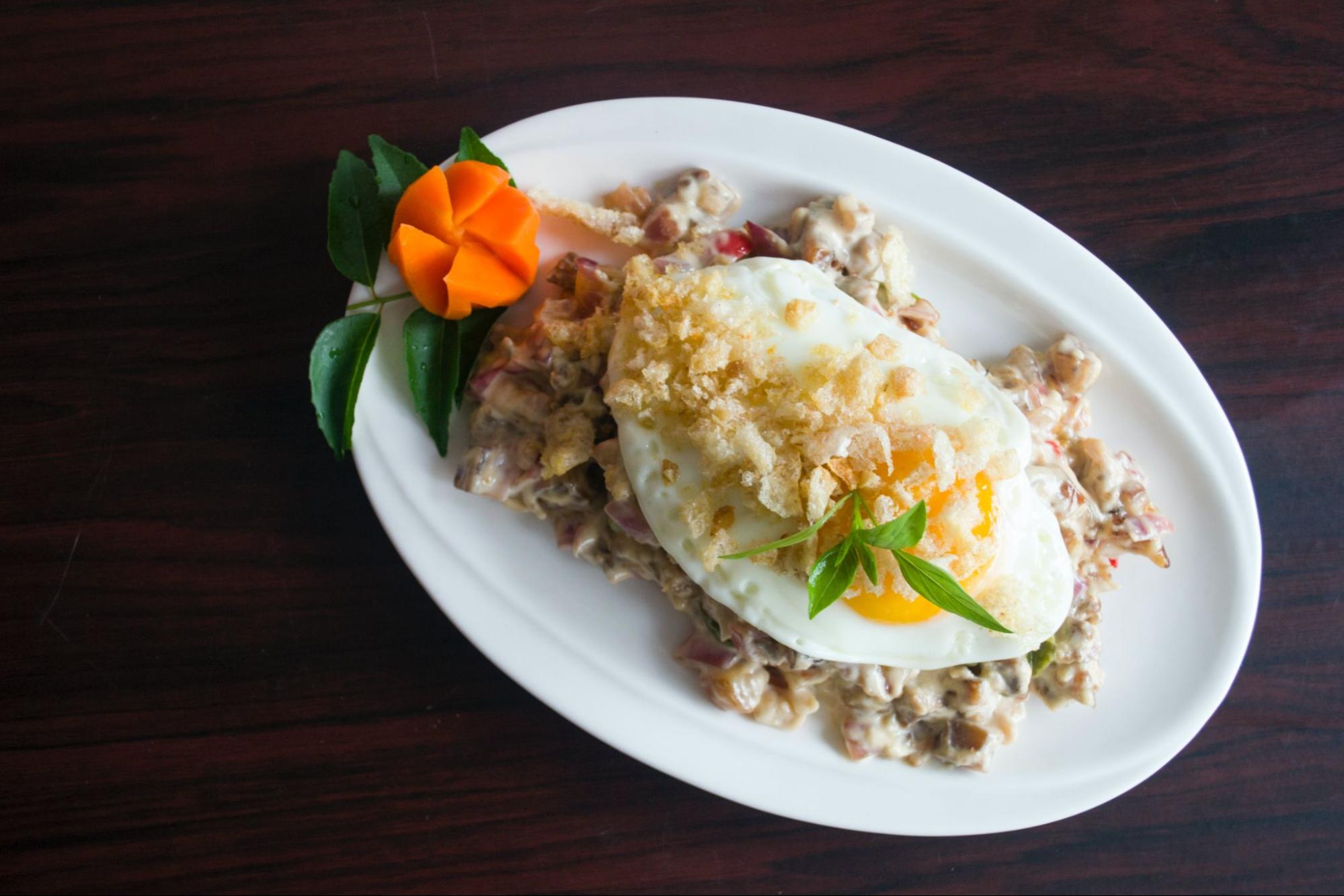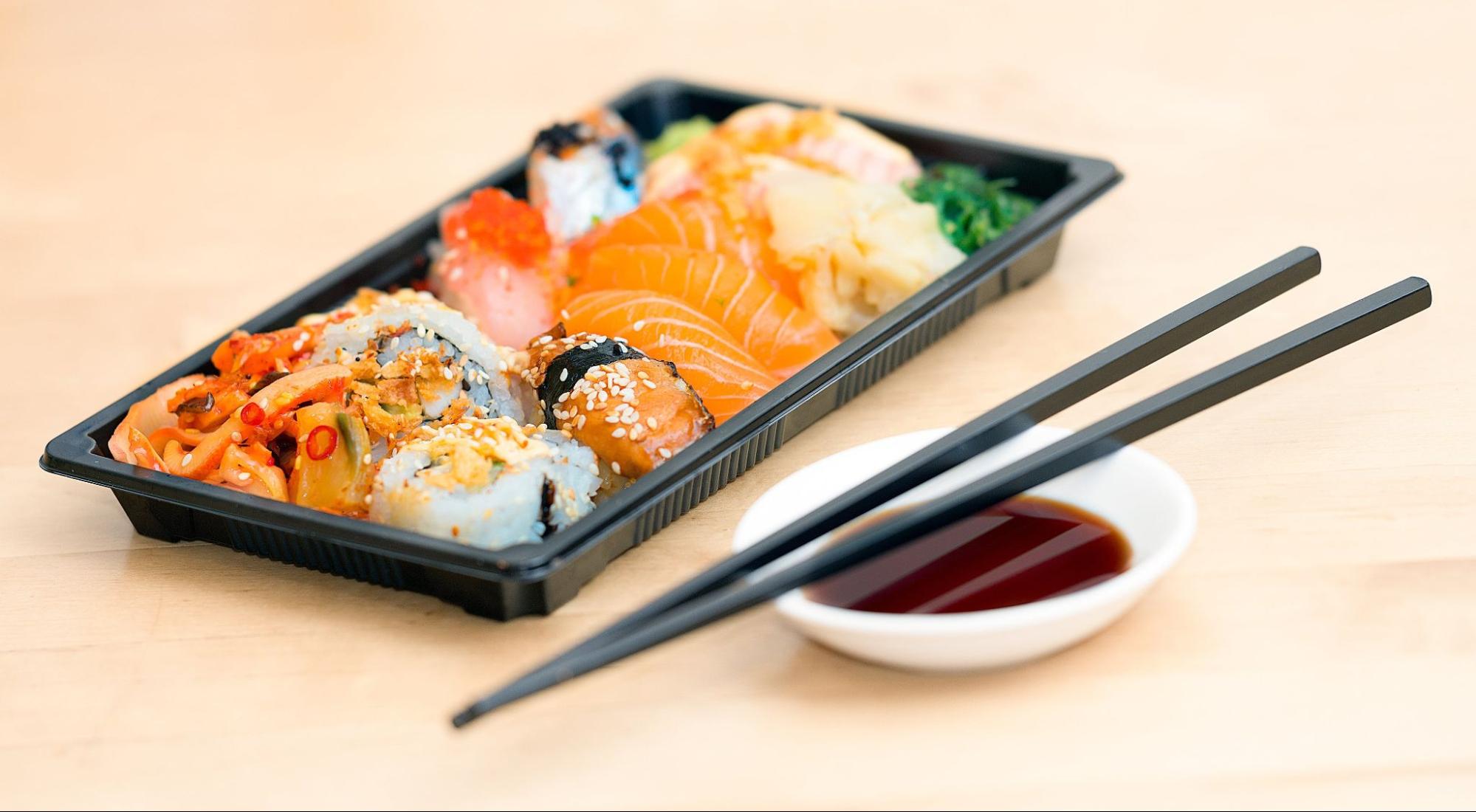5 Delicious Variations of Rosca de Reyes to Try This Holiday Season

Rosca de Reyes
If you’re a fan of global cuisine, you’re in for a treat. Let’s delve into the world of traditional Mexican pastries. Today, I’ll be introducing you to the Rosca de Reyes, a delightful culinary delight that’s steeped in rich history and tradition.
Rosca de Reyes, or King’s Ring, is a festive bread that’s a staple during the Three Kings Day celebrations in Mexico. This isn’t just any ordinary bread, it’s a sweet, round pastry adorned with colorful candied fruit. But there’s more to it than just its vibrant appearance and delightful taste.
In this article, we’ll explore the origins of the Rosca de Reyes, its cultural significance, and even how it’s made. So, whether you’re a foodie with a sweet tooth or a culture enthusiast, there’s something for you here. Stay tuned as we unravel the delicious mystery of this Mexican pastry.
What is Rosca de Reyes?
Diving headfirst into the delicious realm of this intricate delicacy, I’ll tell you that the Rosca de Reyes isn’t just another sweet bread—it’s a vibrant tapestry of culinary skill and cultural tradition. Mainly served during the Three Kings Day celebrations, or Dia De Los Reyes, this round pastry holds a deep significance in Mexico—and for good reason.
Crafted with a tender sweet dough, the Rosca de Reyes is usually baked in a circle or oval shape, symbolizing a king’s crown. What makes it so visually appealing is its decoration: strips of candied fruits, reminiscent of the precious gems that would adorn a royal crown. Hidden within these delightfully sweet rings are miniature figurines, often made of porcelain or plastic. These figurines, generally representations of Baby Jesus, introduce an element of surprise, making each slice a potential trove of discovery.
But the allure of the Rosca de Reyes isn’t confined to its visual or flavorful attributes. Its popularity stems from the ritual and tradition that surround it. During the Dia De Los Reyes, families and friends gather around, breaking bread in anticipation of finding the hidden figurine—adding an interactive layer to the experience.
As you bite into a slice of this tasty pastry, you’re not just tasting butter, sugar, and yeast. You’re taking part in centuries of Mexican tradition, where each ingredient carries a history, each bite a story.
As we delve deeper into the origins of this beloved pastry and its cultural significance, we’ll also explore how it’s made. To every foodie with a penchant for sweets and culture enthusiasts intrigued by the tapestry of tradition, let’s unravel the sweet, delicious mystery of the Rosca de Reyes.

Origins of Rosca de Reyes
Delving into the roots of this delightful pastry, it’s essential to pay homage to its deep and rich past. The origins of Rosca de Reyes are intertwined with religious significance and historical background. As we peel back the layers of tradition, it becomes apparent how this culinary creation is also a reflection of a shared cultural history.
Religious Significance
When we discuss the religious significance of Rosca de Reyes, it’s closely linked with Christianity. The pastry signifies the arrival of the Three Wise Men. Astoundingly, this vibrant dish isn’t merely a marvel to the taste buds, but it’s also steeped in symbolism. The oval shape of the Rosca represents a crown. The candied fruit, mimics the gemstones which adorned the crowns of the Kings. The most intriguing aspect though is the hidden figurine. This figurine, usually a representation of Baby Jesus, signifies the hiding of the infant Christ from King Herod’s soldiers. Thus, cutting the cake has an added anticipation. The person who finds this figurine in their slice is said to have certain responsibilities, further adding to the weight of the tradition.
Historical Background
As we venture into the historical background, it’s fascinating to note that traces of this tradition echo back to the Roman times. The Romans celebrated Saturnalia, a winter solstice festival, during which they baked round cakes dedicated to Saturn. Over time, with the advent of Christianity, this tradition was thoughtfully adapted into the Christian Three Kings Day, becoming a central symbol of the Epiphany. Thus, Rosca de Reyes is not merely a pastry – it’s an edible artifact of historical adaptation and survival, bearing testament to centuries of cultural evolution.
Rosca de Reyes Traditions
So, there you have it. The Rosca de Reyes isn’t just a pastry, it’s a vibrant emblem of cultural tradition and shared history. It’s more than its sweet dough and candied fruits, it’s a symbol of the Three Wise Men’s arrival and the protection of Baby Jesus. This pastry carries a rich narrative, from its roots in Roman times to the beloved Mexican tradition it is today. The Rosca de Reyes paints a picture of the Epiphany, bringing to life the historical and religious significance of this day.
What's Your Reaction?
Deepak is a lover of nature and all things sporty. He loves to spend time outdoors, surrounded by the beauty of the natural world. Whether he's hiking, biking, or camping, Deepak enjoys being active and in touch with nature. He also loves to compete and push himself to his limits. Deepak is an avid cyclist, runner, and swimmer. He has competed in several triathlons and marathons, and is always looking for new challenges to take on.



